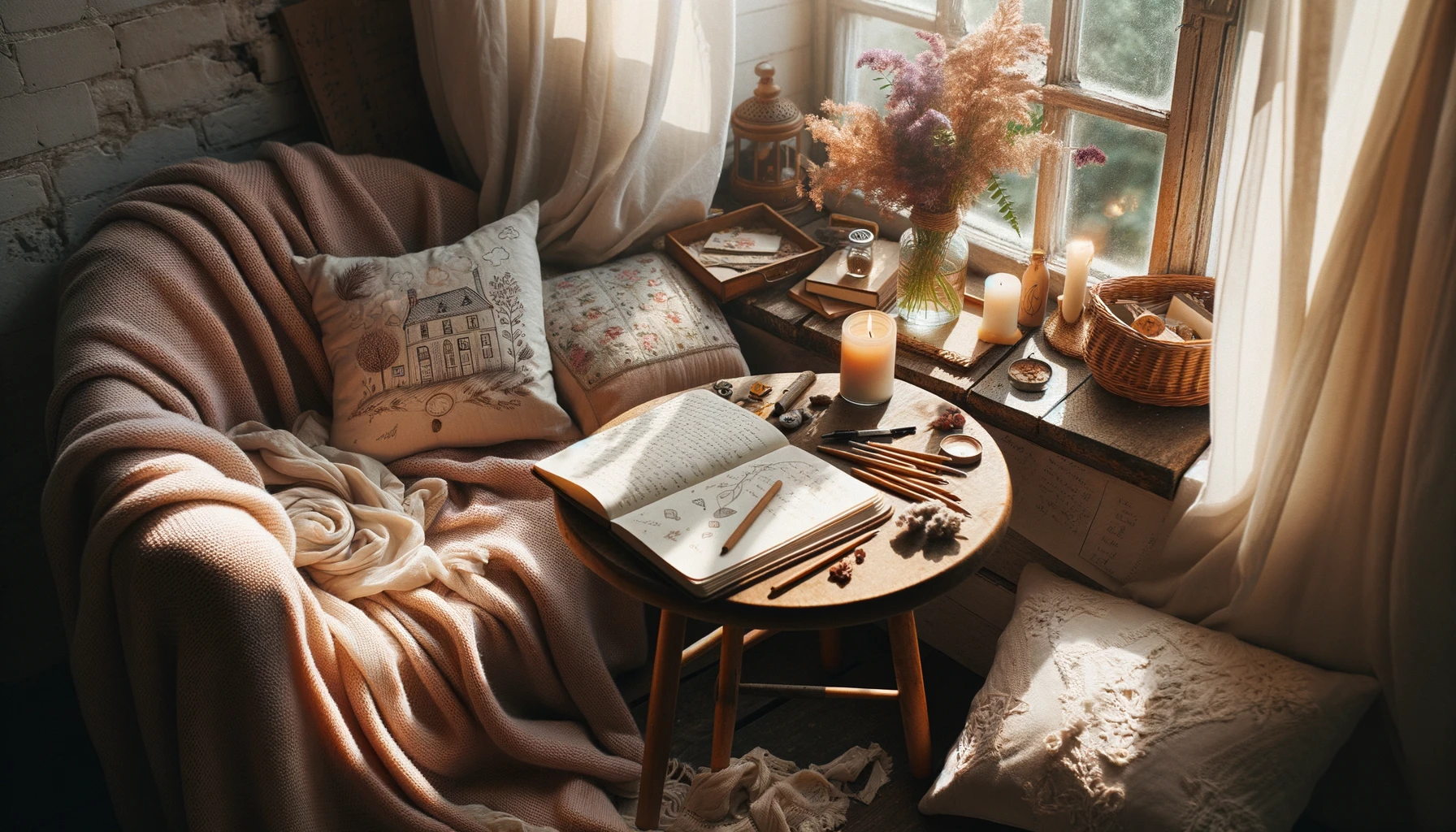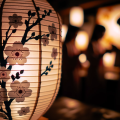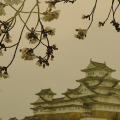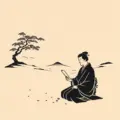
Creative writing is any form of writing which is written with the intention of being imaginative, expressive and original. It utilises literary elements like character, plot, voice, theme, and imagery to convey meaning in a subjective, aesthetic way. The purpose is artistic expression rather than just conveying information.
Creative works aim to engage readers on a deeper emotional level. They connect subjective experiences to universal themes through storytelling and poetic language. Whether crafting a novel, poem, or personal essay, creative writers focus on artistry in language and originality in content.
Creative writing encompasses both fiction (short stories, novels) and nonfiction (memoirs, personal essays). Writers utilise techniques like characterization, figurative language, and imagery to bring unique perspectives to life. Published creative writing spans genres like realistic fiction, sci-fi/fantasy, mystery, romance, horror, and more.
Overall, creative writing relies on imagination and style to communicate ideas, emotions and experiences in memorable ways. It transforms the craft of writing into an art form.
Contents
Why Is Creative Writing Important?
Creative writing serves many important purposes:
- It allows free, imaginative expression of thoughts and feelings in an engaging way. This can be beneficial personally and create cultural works that resonate widely.
- Storytelling and artistic expression are fundamental human needs. Creative writing fulfils our innate desire for narrative, beauty and play. It is part of what makes us human.
- Creative works support critical thinking by sparking reflection through allegory or compelling characters. This expands perspectives.
- The act of creative writing develops transferable skills like eloquent communication, organisation, self-discipline, empathy and emotional intelligence.
- Creative writing preserves and passes on cultural heritage, history and values. It connects us to the diverse experiences of others through stories.
- Creative expression contributes to the arts, entertainment and our shared imagination. Iconic creative works shape collective identity.
Overall, creative writing enriches both individuals and societies by fostering artistic impulse in thoughtful, memorable ways. It cultivates our humanity.

What are the Different Types of Creative Writing?
Creative writing spans diverse genres and forms. Some key types are:
Free Verse as Creative Writing
Free verse poetry utilises creativity through imagery, metaphors, line breaks and other techniques without formal constraints. It connects personal experiences to universal themes.
Some example free verse poets are Walt Whitman and Emily Dickinson. Whitman wrote poems like “Song of Myself” which uses enjambment and long lines. Emily Dickinson wrote short imagist poems like “Hope is the thing with feathers’ ‘ which use slant rhyme.
Free verse gives poets creative freedom to develop their own unique style and voice. They don’t have to follow rigid rules and can shape poems through line breaks and literary devices.
Haiku as Creative Writing
As an ancient poetic form perfected by Japanese masters like Matsuo Bashō over centuries, haiku’s compact 17-syllable structure demands great precision and imaginative word choice. Drawing from my expertise as a published poet and haiku practitioner, I can attest creativity emerges from the juxtaposition of two evocative images within extreme brevity.
Haiku poets select concrete sensory details that authoritatively reflect themes and seasons based on the Japanese aesthetic of yūgen. They utilise literary devices like juxtaposition, allusion and implied metaphor with artful subtlety honed through years of practice.
The most compelling haiku strategically says much with little, relying on the reader’s imagination and intuitive leaps.
Structured Poetry as Creative Writing
As a poet immersed in formal verse traditions, I’ve found structured forms like sonnets, villanelles and sestinas require creativity and problem solving to express ideas within tight constraints. By drawing from my professional experience analysing poetic devices and structures, I can authoritatively state poets manipulate rhyme, rhythm and repetition in artful ways to convey meaning when writing within established forms.
For instance, sonnets creatively turn at the volta, villanelles repeat refrains in a compelling way, and sestinas strategically use intricate repetitive end words with adept skill. Excellence emerges from innovating within limitations set forth by historic greats like Shakespeare and Petrarch.
Analysing sophisticated works like Elizabeth Barrett Browning’s Sonnet 43 as a poet can give us unique insight into how strict Petrarchan rhyme scheme and metre can combine with vivid imagery when mastered.
Fiction as Creative Writing
As an avid reader and occasional short story writer, I can confidently assert fiction unleashes unbridled creativity to craft characters, plots, and immersive worlds that reflect or reimagine reality. The writer’s imagination builds the foundation.
Short stories concisely build character and tension with efficiency based on my own experience.
Novelists invent epic scope through subplots and extensive development thanks to mastering narrative pacing and plotting.
Genre fiction innovates fantastical settings and speculative technology by utilising creative worldbuilding techniques.
Literary fiction employs lyrical language and introspection to dissect human nature through character-driven storytelling and resonant voice.
Across all forms, vivid sensory detail makes fiction immersive for readers by tapping into the senses. Developing compelling characters is also crucial to transport audiences through authentic, multidimensional portraits. Fiction provides perhaps the purest creative canvas since writers build worlds entirely from their minds.
Nonfiction as Creative Writing
As an occasional creative nonfiction writer and avid reader of authors like Joan Didion, I’ve learned creative nonfiction strategically fuses artistic technique with factual realities. Trusted writers in this genre use elements like voice, character and scene-setting based on time-honoured storytelling conventions to shape engaging narratives from personal experience.
Unlike journalism, creative nonfiction judiciously uses literary devices to convey deeper meaning and subjective perspectives from a first-person point of view. The author’s unique inner world filters real events based on their discerning observations. Hunter S. Thompson, for example, stretched creative nonfiction into new gonzo directions with his wild prose and larger-than-life persona through an authoritative command of language.
Drama as Creative Writing
Playwrights and screenwriters use creative vision to transport audiences into vivid imagined worlds. Unlike prose, scripts contain mainly dialogue and sparse stage directions. Yet language must still conjure rich inner lives for characters.
Creative dramatists strategically craft high-impact monologues that reveal personality. They sequence events for maximum dramatic effect. Setting descriptions efficiently establish mood and atmosphere.
Theatre pioneers like Tennessee Williams penned iconic works like A Streetcar Named Desire.
Modern screenwriters like Aaron Sorkin deploy sharp, rapid-fire dialogue between multidimensional characters. In drama, words and structure work together theatrically to manifest creative imaginings on the stage or screen.
Developing Creative Writing Skills
Writing Tips for Creative Writers
Some tips for developing creative writing skills:
- Read widely within and outside your genre – Exposure to diverse literary styles grows creative instincts
- Practise regularly through exercises like freewriting – Daily writing flexes creative muscles
- Play with language – Take risks, bend rules, upend expectations. Surprise yourself and readers.
- Draw writing ideas from ordinary life – Transform observations, memories and dreams into art
- Focus on concrete, vivid sensory details – Imagery makes writing immersive and resonant
- Master literary devices like metaphor, symbolism – Use figurative language artfully but sparingly
- Discuss works-in-progress with trusted readers – Peer feedback strengthens creativity
- Don’t censor yourself prematurely when drafting – Unexpected directions sometimes bear fruit
Writing Exercises to Spark Creativity
Some exercises that can help to unlock creativity:
- Freewriting – Continuous, unplanned writing without stopping
- Stream of consciousness – Articulate every passing thought and sensation
- Character sketches – Imagine quirks, backstories and inner lives for characters
- Fairy tale remixes – Reimagine classic stories in new settings and styles
- Starting from the ending – Envision an ending then backwards outline the plot
- Cut-up technique – Rearrange words from other sources randomly into new combinations
- Detailed scene setting – Immersive worldbuilding using sensory cues and imagery
- Dialogue prompts – Attempt witty exchanges between invented personalities
- Adapted viewpoints – Rewrite a draft from another character’s perspective
Personally, I don’t rate these as ways to actually create anything particularly unique or engaging, but they are a good way to hone your writing, use your imagination and help you to practise writing creatively so that, when you do come to write something that is entirely yours and unprompted, you have the language skills you’re going to need.
Understanding the Building Blocks of Creative Writing
Key foundations of compelling creative writing:
- Character – Complex, relatable characters that grow and change over a narrative
- Plot – Events deliberately sequenced to build intrigue, stakes and satisfying payoffs
- Point of view – Perspective through which the story is told, affects reliability
- Voice – Distinct narrative style, diction and tone shaped by word choice
- Setting – Vivid world in which the story occurs, can complement themes
- Theme – Central ideas, focuses or messages that emerge through the writing
- Language – Artful, evocative use of words, literary devices and sensory details
Mastering these basic elements allows any type of writing creatively- poetry, fiction, nonfiction – to flourish. They provide raw materials for the imagination to transform. It’s important to note that, just because you’re a prolific poet, that doesn’t necessarily mean your skills will always translate to writing a novel, or an essay, for example. I’ve known several talented writers who have struggled when it comes to academic writing.
Improving Your Creative Writing Skills
Some tips for strengthening creative writing abilities, for any type of writing, include:
- Read actively – Analyze how other accomplished writers successfully employ techniques
- Find inspiration everywhere – Draw writing ideas from ordinary events and experiences
- Take risks – Experiment with unconventional forms, perspectives and subjects
- Seek feedback from editors and trusted readers – Ask them to critique your writing
- Refine through rewriting and editing – Rework drafts until polished to publishable quality
- Stay curious – Maintain beginner’s mind by exploring unfamiliar creative territory
Practice, persistence and learning from others will help creative skills evolve. But creativity cannot be forced – it arises naturally from an open, playful mindset.
Creative writing utilises imagination and literary craft to produce engaging works spanning diverse genres and forms. It fulfils fundamental human needs for self-expression, beauty, empathy and community. Developing strong creative writing abilities requires reading voraciously, practising regularly, taking risks, actively improving through feedback and maintaining a beginner’s mind. With an open mentality and persistence, anyone can craft compelling creative written works that enrich our shared culture. Through creative composition, we transcend our limited experiences to connect on a deeper human level.
- Glossary of Japanese Poetry Terms - 26 February 2025
- What is Waka Poetry? - 23 May 2024
- How to Identify the Kigo in a Haiku: - 22 March 2024





